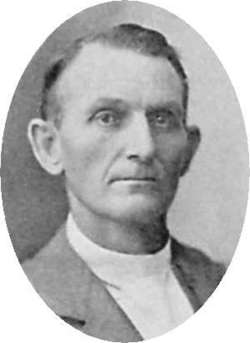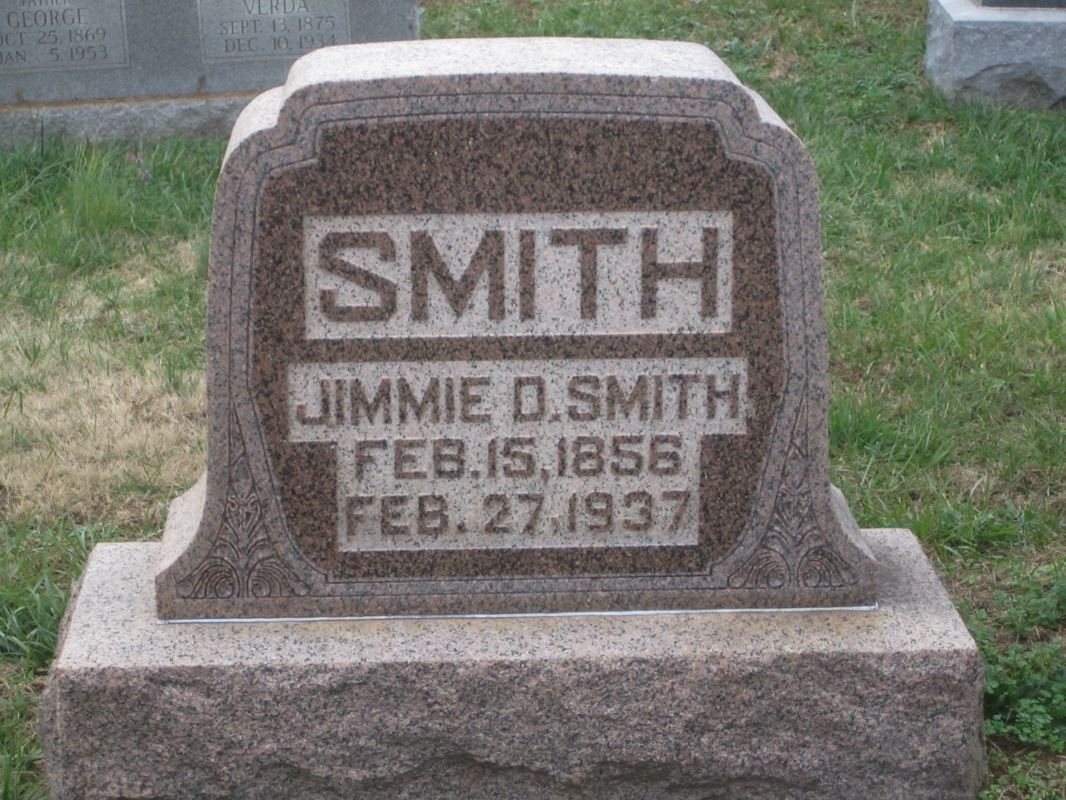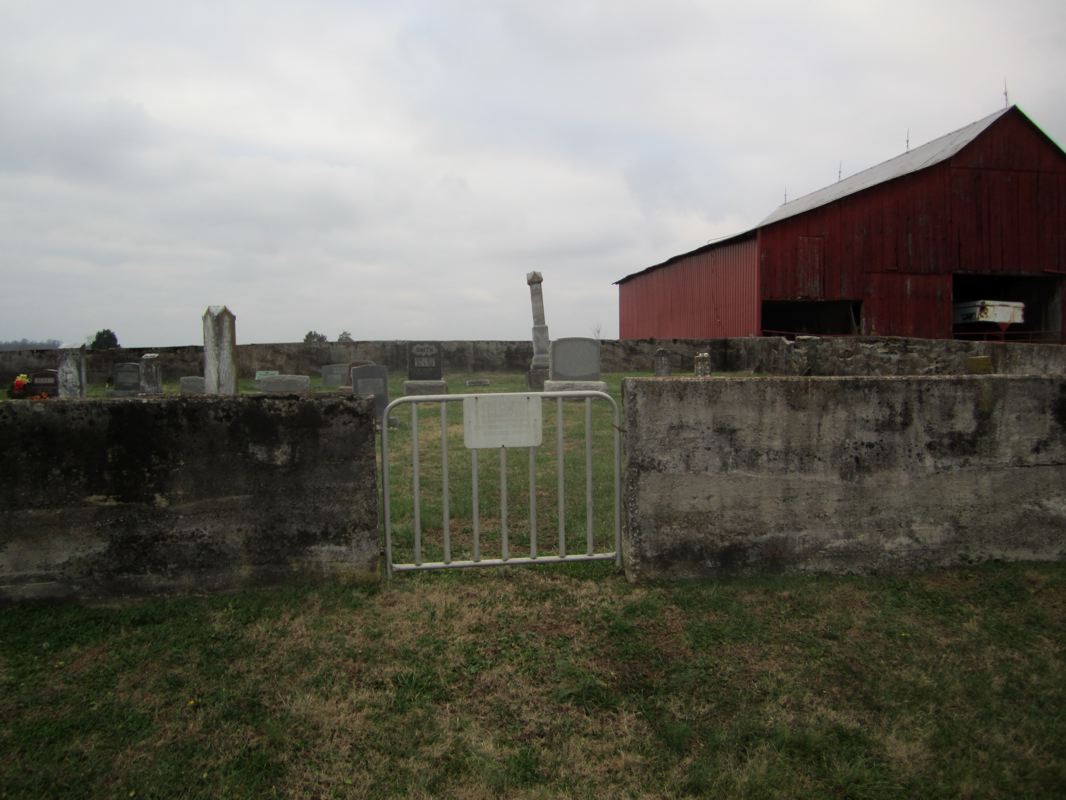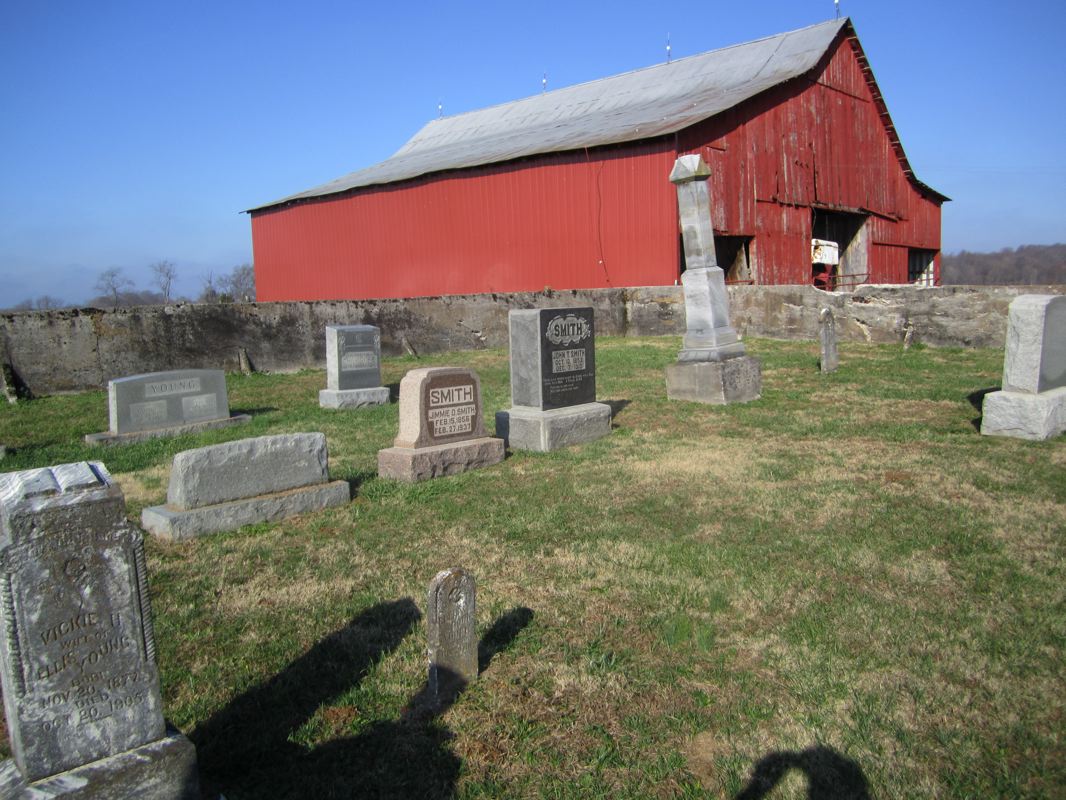Jimmie D. Smith
1856-1937

![]()
When I first met Brother Smith, forty-one years ago, he signed his name. J. D. Smith. But he was called "Jimmie D." by the family, then by his neighbors, and finally by the members of the churches where he labored. In later years he seemed to prize the name "Jimmie D." more than any name. He was hardly ever called even "Brother Smith;" but if "brother" was put to his name, which was hardly ever done, it was "Brother Jimmie D."
Jimmie D. Smith was born at the Smith home eighty-one years ago February 15. Dry Fork, Ky., was simply "Ish" Smith's home and store. Ish Smith was the father of Jimmie D. and a large number of brothers and sisters. The father owned considerable lands, and he built a large, two-story, frame house, which was open to all travelers and all the community around. He bought the produce of the neighborhood. No one, so far as I know, ever suspected that he had cheated anyone in trade. This father preached to his neighbors whenever and wherever he had the opportunity. His brother-in-law, Brother Wright, also farmed and preached, and his preaching was more extensive than was that of Ish Smith.
Jimmie D. was born February 15, 1856, and he passed into the great beyond on February 27, 1937. The funeral services were held at the Dry Fork meetinghouse at noon, March 1, by H. Leo Boles and myself, Allen Phy leading the prayer. All the details of the funeral. were prearranged by Jimmie D. himself before his death. He had put up a monument at the spot where his body was to be placed. He had selected T. Q. Martin and myself to preach his funeral, but Brother Martin was not physically able to go. So Brother Boles was selected in his place.
Though the weather was unfavorable, there being a four-inch snow on the ground, the house was full of people, with a number standing in the back of the house. Jimmie D. had made his home at the old Smith place all of his life, except the time he was in Burritt College. He was in college with E. A. Elam at Burritt in 1879. Soon after leaving college he was married to a young sister, Faulkner, of McMinnville, Tenn. He was so heartbroken over the death of his wife that he never married any more, but he lived and died at the old homestead. The house was kept up as it was in the days of his father and mother until early last year, when it was destroyed by fire. Three brothers and one sister were all who were left of that large, happy family. The house and all of its contents were lost, even to their wearing apparel. All of his books and his valuable papers were burned. The five of them have lived there on the place, making out as best they could with the back room of the store and a couple of outbuildings. They have the material on the ground for a new building, and they have been waiting for better weather to rebuild.
Jimmie D. Smith came of good old Kentucky stock, and he, therefore, had a good background for a good, useful life. In early days, when I first met him, I tried to get him into broader fields where I thought he would be of more benefit to the church; but he was like the great Shunammite woman for whom Elisha offered to speak to the king for a better place for her when she said: "I dwell among mine own people." He was satisfied to live and die among the descendants of his father's friends and neighbors.
Brother Smith was appreciated by his neighbors and the church where he labored, but not as he will be now that he is gone. He lived and labored on the border line between the churches of Central Kentucky that were anxious to change the work and worship of the church and those more conservative ones of Tennessee that fought all innovations. Notwithstanding this fact, I do not remember of but one church where he labored that introduced the organ into the worship and missionary societies into the church work, and that was Smith's Grove, and he fought that to a finish. They introduced these innovations, but a number of the members left and began worshiping in a new place. Jimmie D. stood by those who went out, and I think they now have a loyal church there: and, as far as I know, the others are doing nothing.
He was a brave man, and money and great positions weighed nothing with him where loyalty to the truth was concerned. Preacher jealousy never entered into his heart. He tried to bring the best preachers he could find to his territory, and he not only encouraged them by standing by their preaching when they preached the truth as he saw it, but he gave of his money to help in their support. But he would not stand by any preacher, though he might be his best friend, if he even suggested a compromise of the truth. He loved those who loved the truth, and I count myself happy to have been one of his friends and admirers. Notwithstanding his deep convictions for, and his unwillingness to compromise, the truth, his heart was as tender as that of a woman. I have seen him weep with his brethren in their sorrows, and I knew of many deeds of kindness which he did for the poor and needy. They were not done for show, but because he loved the poor. I was very glad that I could be with the family and his friends when the last words were spoken over his body. I have been benefited by my association with him, and the world has been benefited because he lived eighty-one years in it. May God comfort the family in their sorrow.
--- F.B. Srygley, Gospel Advocate, March 11, 1937, 221.
![]()
Special Thanks To Terry J. Gardner
David S. Ligon produced a poster-sized collection of photos of preachers, refered to as Ligon’s Portraiture of Gospel Preachers in 1899. The original portraiture rendered pictures of one hundred ninety-six gospel preachers, some of whom were deceased, but most were still living and working in the vineyard of the Lord. In 1901, sixty-four more preachers were added, totaling two hundred sixty pictures on the chart. In 1966 Truth Magazine reproduced the portraiture making it available to its subscribers. Then in 2002, Terry J. Gardner reproduced the special map of preachers, and made it available to many, one of which is framed and hanging in the office of the author of this sketch. As a result of his research on the preachers of the portraiture he produced a spreadsheet giving historical information on most of the preachers. See the information here. One of those preacher listed on the portraiture was Jimmie D. Smith. The photo above is the rendering of brother Smith from the portraiture collection. In the fall of 2011, Terry made a trip to Kentucky and located the Smith Family Cemetery in which lies the grave of our subject. Special thanks are extended to Terry for his extended research, and willingness to make the photos of the grave you see on this site available.
![]()
Directions To The Grave of Jimmie D. Smith
The Smith Family cemetery is located in southern Barren County, Kentucky. From Glasgow, head south on Roseville Rd./Hwy. 249. About seven or eight miles out of town you will pass State Hwy. 921/Thomerson Park Rd. When you pass this turn off you will know you are getting close. About another half mile on Hwy. 249, you will see some barns on the left with a large concrete walled enclosure. Turn left on Smith Cemetery Road, and the cemetery will be on your left, next to a barn. The Jimmie D. Smith plot will be on the right.
GPS Location
36°47'57.5"N 85°54'50.6"W
or D.d. 36.799310, -85.914048
![]()

Smith Cemetery
The Dossey Family
In Ft. Worth, TX
South Central Ky Historical &
Genealogical Society
98

SMITH
Jimmie D. Smith
February 15, 1856
February 27, 1937
![]()
Photos Taken And Contributed By Terry J. Gardner
Courtesy of Scott Harp
www.TheRestorationMovement.com
![]()


